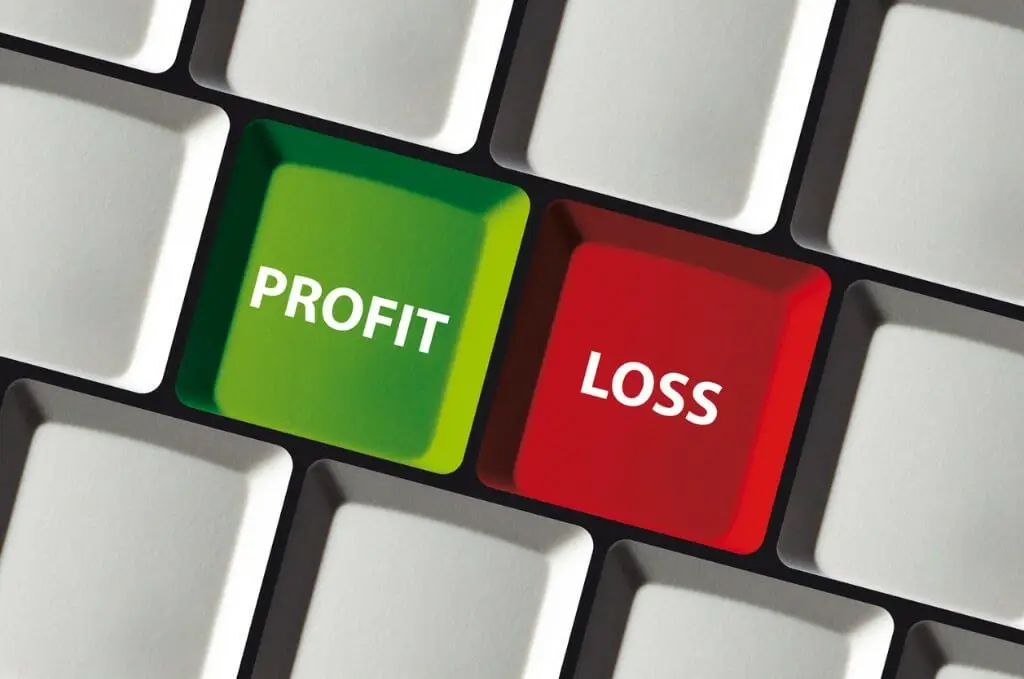The End Of Net Neutrality: What You Need To Know
Net neutrality is the principle that ISPs must treat all internet traffic equally, without blocking, throttling, or creating paid fast lanes. Recent court rulings rolling back FCC authority leave its future uncertain, raising concerns over fair access, hidden fees, and competition. Carolina Digital Phone explains the latest rulings....











